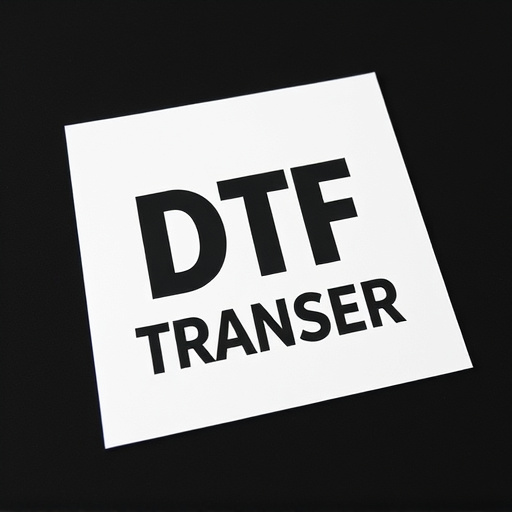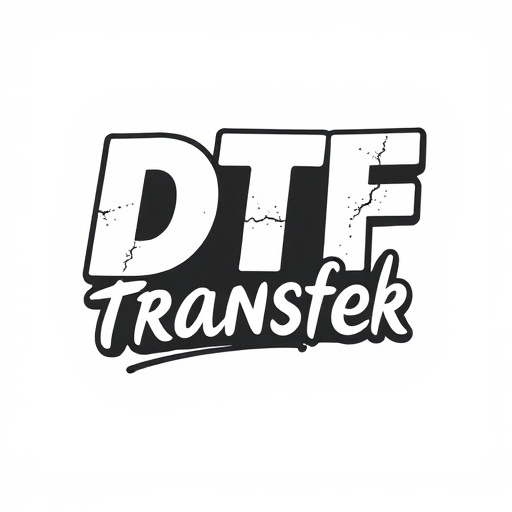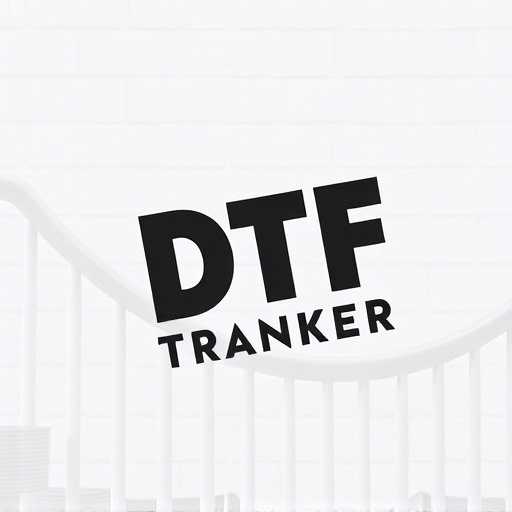Direct-to-film (DTF) transfer printing is a cutting-edge technology revolutionizing the apparel industry with its exceptional quality and versatility. This method directly applies ink to fabric, producing vibrant, detailed designs that withstand multiple washes. DTF's key advantages include longevity, compatibility with various fabrics, and eco-friendly options. It has gained popularity among designers and businesses for creating durable, visually stunning garments and accessories, while case studies demonstrate its successful implementation across diverse industries.
Direct-to-film (DTF) printing offers a revolutionary approach to textile decoration, ensuring superior quality and durability. This article delves into the world of DTF transfers, exploring their unique benefits for multiple wash cycles. We’ll uncover the technology behind this method, from ink compatibility to fabric selection, providing a comprehensive guide. By understanding key factors like print longevity, you’ll discover why DTF prints stand the test of time, making them an excellent choice for businesses and designers alike.
- Understanding Direct-to-Film (DTF) Transfer: A Comprehensive Overview
- The Technology Behind DTF Printing: How It Works
- Quality Assurance in DTF Prints: Key Factors for Longevity
- Benefits of Direct-to-Film Transfers for Multiple Wash Cycles
- Choosing the Right Materials for DTF Prints: Fabric and Ink Compatibility
- Case Studies: Successful Implementation of DTF Transfer Techniques
Understanding Direct-to-Film (DTF) Transfer: A Comprehensive Overview

Direct-to-film (DTF) transfer is a cutting-edge printing technique that has revolutionized the way we produce high-quality prints, especially for textiles and apparel. Unlike traditional printing methods, DTF involves applying ink directly onto the surface of the material using specialized machines, bypassing the need for separate screens or plates. This process ensures exceptional detail and vibrancy in the final product, making it a top choice for businesses aiming to create durable, visually appealing prints.
DTF offers several advantages, particularly for those involved in clothing and accessory design. The method allows for intricate and fine details to be reproduced accurately, showcasing complex patterns and designs with remarkable clarity. Moreover, DTF transfers can withstand multiple washes without compromising the print’s integrity or colorfastness. This longevity is a significant benefit, especially for items intended for frequent use, ensuring that the prints maintain their vibrancy and quality over time.
The Technology Behind DTF Printing: How It Works

Direct-to-film (DTF) printing is a cutting-edge technology that has revolutionized the way we produce high-quality, durable prints. Unlike traditional printing methods, DTF involves transferring ink directly onto film, which then serves as a master copy for subsequent printing processes. This innovative approach ensures exceptional image clarity and vibrancy, making it ideal for a range of applications from promotional merchandise to artistic expressions.
The process begins with designing or uploading the desired artwork onto specialized software. This digital file is then precisely formatted to align with the DTF transfer sheet. A key component in this technology is the use of heat-sensitive inks that react to specific temperature levels. During printing, a heated press applies heat to the film, causing the ink to melt and fuse with the fabric or other materials below, creating a permanent bond. This method allows for intricate designs, vibrant colors, and outstanding durability—even after multiple washes.
Quality Assurance in DTF Prints: Key Factors for Longevity

Direct-to-film (DTF) prints have gained popularity for their vibrant colors and ability to produce high-quality, long-lasting results. However, ensuring the longevity of DTF transfers involves several critical quality assurance factors. One of the primary considerations is ink quality; using premium inks designed specifically for DTF applications can significantly enhance durability. Additionally, the surface preparation of the film is crucial; a clean, roughened, or textured surface can affect ink adhesion and overall print longevity.
Proper washing techniques are another vital aspect. Delicate care during the wash process is essential to prevent ink bleeding or fading. Factors like water temperature, detergent selection, and wash cycle duration must be optimized to maintain print integrity after multiple washes. Furthermore, the heat setting used for drying and curing the prints plays a significant role in long-term durability, as excessive heat can degrade the inks over time.
Benefits of Direct-to-Film Transfers for Multiple Wash Cycles

Direct-to-film (DTF) transfers offer a range of benefits when it comes to maintaining print quality through multiple wash cycles. Unlike traditional printing methods, DTF involves transferring ink directly onto the fabric surface, resulting in vibrant and long-lasting colors that withstand the rigors of frequent laundering. This process ensures that the prints remain intact, with no fading or loss of detail, even after numerous washes.
Additionally, DTF transfers are known for their durability and resilience. The direct application of ink creates a stronger bond with the fabric fibers, preventing the print from peeling or flaking off over time. This durability is especially valuable for garments intended for active use or frequent machine washing, ensuring that the design retains its initial quality and appeal.
Choosing the Right Materials for DTF Prints: Fabric and Ink Compatibility

When creating direct-to-film (DTF) prints intended for multiple washes, selecting the appropriate materials is paramount. The fabric’s composition and its compatibility with the chosen ink are key factors in ensuring long-lasting, high-quality results. Opting for fabrics like cotton or poly-cotton blends offers a good balance of breathability and durability, ideal for DTF transfers. These materials allow inks to adhere effectively, preventing fading or cracking during washing.
Moreover, the compatibility between the fabric and ink is crucial. Using DTF-specific inks designed for fabric ensures optimal bonding and colorfastness. Water-based and solvent-based inks have different properties; water-based options are generally more environmentally friendly but may require higher application temperatures, while solvent-based inks offer vibrant colors and fast drying times. Careful consideration of these aspects will contribute to the overall quality and longevity of DTF prints after repeated washes.
Case Studies: Successful Implementation of DTF Transfer Techniques

Direct-to-film (DTF) transfer techniques have proven their mettle in various real-world applications, showcasing their ability to produce high-quality prints that withstand the test of time and multiple washes. Case studies from leading brands and manufacturers highlight the successful implementation of DTF technology across diverse industries.
For instance, some textile companies have adopted DTF printing for creating custom apparel, ensuring vibrant colors and crisp details even after repeated laundry cycles. Similarly, promotional product businesses use DTF to deliver intricate designs on items like mugs, t-shirts, and bags, resulting in exceptional customer satisfaction. These success stories underscore the reliability and versatility of DTF transfer methods, making them a preferred choice for professionals seeking durable and aesthetically pleasing prints.














